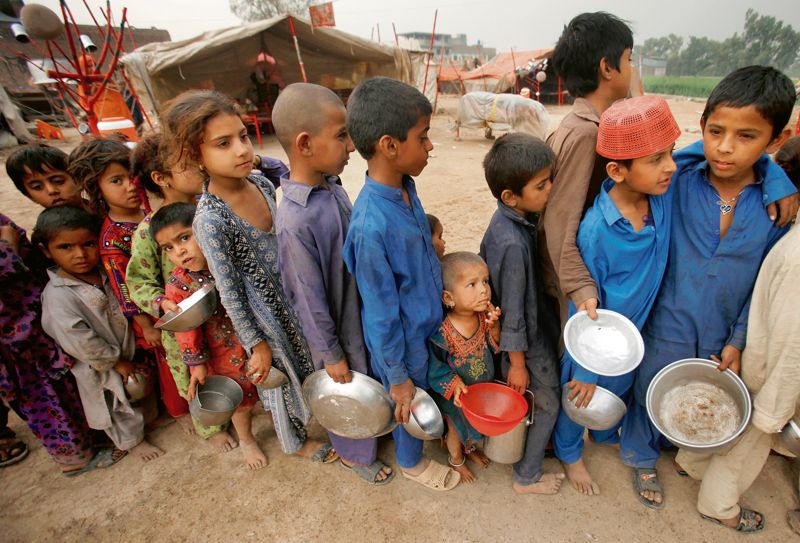India is the world’s second-most populous country and home to one of the fastest-growing world economies. Much of this economic growth results from the burgeoning health services industry. And yet, India is experiencing a health care dilemma, with a growing disparity in care and resources between the country’s rural and urban areas.
Anurag and Madhavi Bhargava travelled to the rural areas around Bilaspur, India, to help establish Jan Swasthya Sahyog (JSS), a voluntary, non-profit society of health professionals. Their goal: To tackle the primary viral diseases present in these regions, such as tuberculosis and malaria.
In a recent seminar organized by the McGill Global Health Programs titled “Lessons from our journey in clinical medicine and public health in India,” Anurag and Madhavi Bhargava, now both professors at Yenepoya Medical College in Bangalore, India, shared their experiences working in public health. One of the most crucial insights gleaned on the job is the importance of meeting a community’s needs outside of clinical medicine.
“We always talk of some binaries and dichotomies in clinical medicine and public health. Should we focus on treatment or prevention, medical or surgical care, and of course, who will deliver the services: Physicians versus non-physicians,” Anurag said during the talk. “I think these are artificial—our communities require all of these things.”
The doctors worked to build health facilities and a testing lab, bought medicine in bulk to save costs, and refused to charge for care. They worked with the community as well, earning the trust of their patients and training locals to help, many of whom now run care centres themselves. By providing cost-effective care and building trust with community members, the Bhargavas were able to provide medical attention to many who otherwise would not have received it.
In terms of fighting diseases through a community-oriented approach, Anurag specifically explained their approach regarding tuberculosis.
“We found that tuberculosis was more a disease of families and communities rather than of individuals,” Bhargava explained. “We realized that it was intimately related to poverty, but undernutrition appeared to be a major mediating factor. So although we could not remove poverty, we could actually address undernutrition.”
They noticed a pattern where people who visited their clinic were often undernourished, a sign the doctors understood as the continuing cycle of malnutrition and poverty. Anurag and Madhavi, on the front lines, are uniquely positioned to address these issues and to advise governments on policy changes.
Both professors are now working tirelessly on further clarifying the link between tuberculosis and malnutrition. They have developed an app to measure patients’ body mass index and track malnutrition levels, and have worked to guide doctors and nurses on how to treat malnutrition in tuberculosis patients.
Recently, Anurag and Madhavi were involved in a large-scale study called “Reducing Activation of Tuberculosis by Improvement of Nutritional Status” (RATIONs). Gathering data on thousands of adult patients with tuberculosis in India, they hope to determine the effect of nutritional supplementation on the incidence of tuberculosis.
“The chicken-and-egg argument that goes on in tuberculosis—what comes first, is it TB or undernutrition—we were able to partly answer that,” Madhavi said.
They found that feeding the household of tuberculosis patients would help prevent its spread. The findings only reinforced the importance of working with the community and tackling social issues as central to preventing disease.
As the doctors said, poverty and malnutrition will continue to exacerbate one another if left unaddressed. To this day, and for decades before, Anurag and Madhavi recognized this cycle and fought to break it. And this is, of course, not exclusive to India—doctors’ indifference to the underlying causes of disease has been well-documented throughout the world, especially in Canada. Although Anurag and Madhavi’s experience lies primarily in India, the impact of their advice can be felt globally, too.








